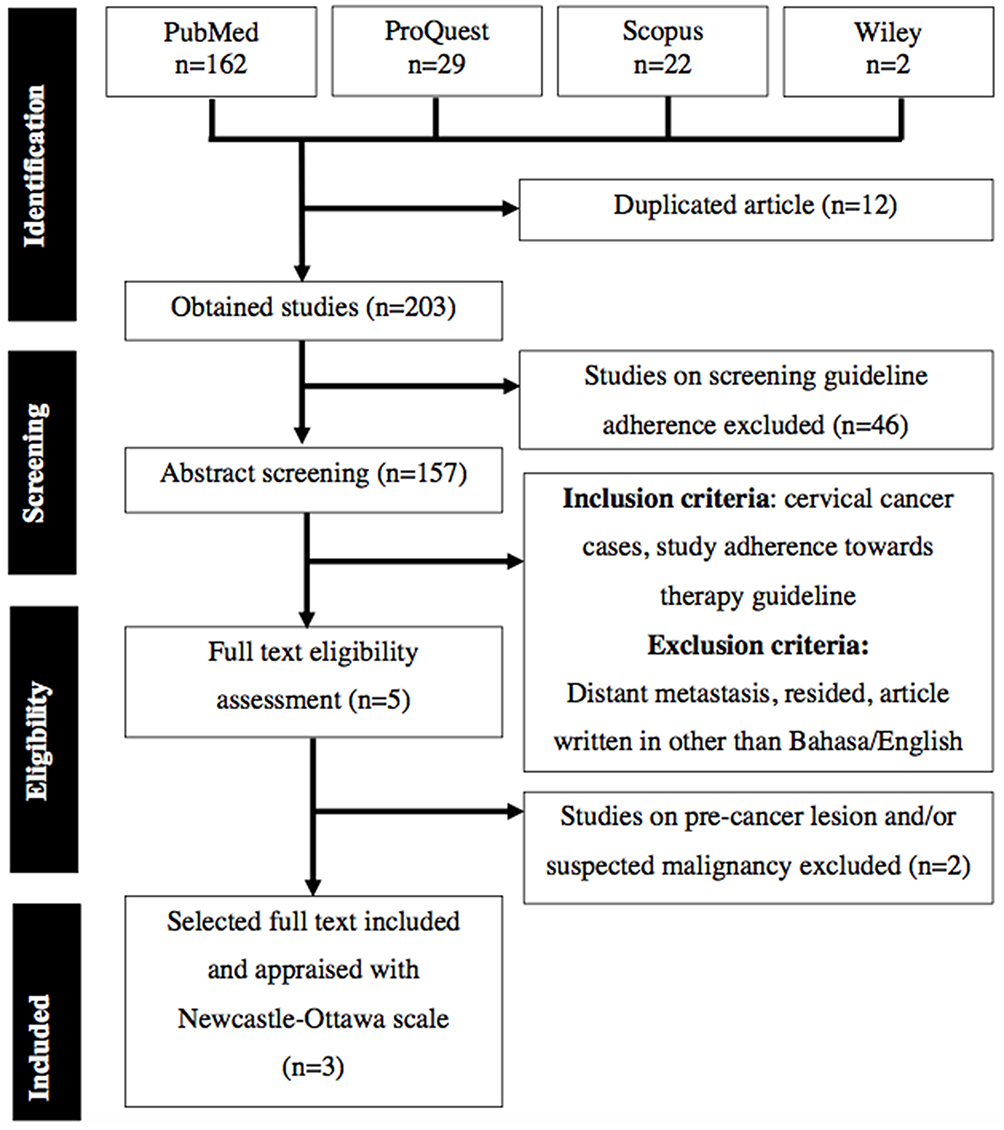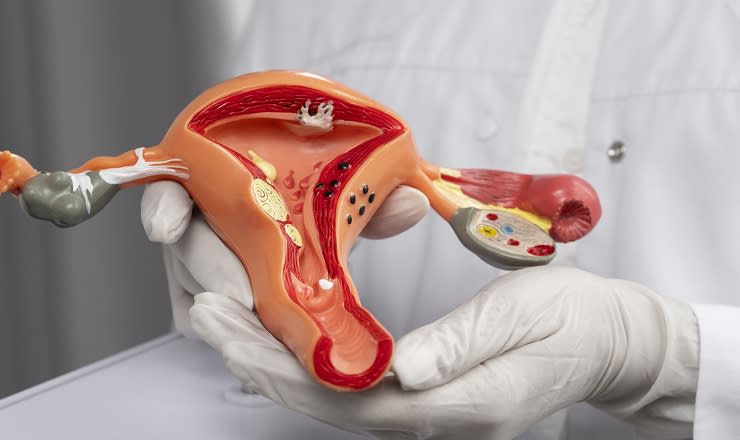Comprehensive Guide to Locating the Best Hospital for Cervical Cancer Treatment in India
Comprehensive Guide to Locating the Best Hospital for Cervical Cancer Treatment in India
Blog Article
Reliable and accessible Cervical Cancer cells Therapy in India
Cervical cancer stays a substantial health and wellness worry in India, with a high problem of incidence and death - best hospital for cervical cancer treatment in Delhi. The accessibility and quality of therapy alternatives play an important role in combating this disease properly. Over the last few years, initiatives have been made to improve the ease of access and efficiency of cervical cancer treatments in the country. From screening initiatives to sophisticated restorative interventions, the landscape of cervical cancer administration in India is progressing. Let's explore the existing situation and innovations in easily accessible and effective treatment methods for cervical cancer cells in the Indian medical care system.
Epidemiology of Cervical Cancer in India
Cervical cancer cells, a considerable public wellness issue in India, displays differing frequency prices throughout various regions of the country. According to information from the Indian Council of Medical Research Study (ICMR), cervical cancer cells is the second most usual cancer amongst Indian females, with an estimated 96,922 brand-new cases diagnosed in 2018. The frequency of cervical cancer is significantly higher in backwoods compared to city areas, attributed to factors such as lack of awareness, minimal access to evaluating facilities, and inadequate healthcare facilities.
In India, the age-standardized occurrence price of cervical cancer is reported to be 22.86 per 100,000 women, with vast variants observed between states. States like Bihar, Uttar Pradesh, and Rajasthan have reported greater incidence prices contrasted to states like Kerala and Maharashtra. These variations can be associated to differences in way of life aspects, occurrence of human papillomavirus (HPV) infection, schedule of screening programs, and socioeconomic disparities among different regions. Understanding the epidemiology of cervical cancer in India is essential for implementing targeted prevention and very early discovery methods to decrease the burden of this condition among women.
Screening and Early Detection Approaches
Offered the obvious variants in cervical cancer frequency across different regions of India, efficient testing and very early detection techniques play a pivotal role in reducing the effect of this disease on women's health and wellness. Another reliable screening technique is the HPV examination, which spots the presence of risky human papillomavirus strains known to cause cervical cancer cells.
Very early detection of cervical cancer cells through testing permits prompt intervention, boosting the possibilities of successful therapy and improving person end results. It is critical to promote recognition about the importance of routine testings among ladies, especially in underserved areas where access to healthcare services may be restricted. By carrying out widespread screening programs and making certain prompt follow-up treatment, healthcare companies can detect cervical cancer cells at onset when therapy is most reliable, inevitably lowering death prices linked with this disease.
Surgical Interventions for Cervical Cancer Cells

Surgical treatments are a crucial part of the thorough therapy method for cervical cancer. Relying on the phase of the cancer cells, numerous surgical options may be taken into consideration. In the onset, when the cancer is localized to the cervix, procedures such as cone biopsy or trachelectomy might be done to get rid of the cancerous tissue while protecting fertility in more youthful patients. For advanced stages, where the cancer cells has actually spread out past the cervix, an extreme hysterectomy may be recommended to remove the uterus, cervix, and surrounding tissues. In instances where the cancer has spread, pelvic exenteration, a much more substantial surgical treatment involving the removal of the pelvic body organs, might be necessary. Minimally invasive strategies such as robotic-assisted or laparoscopic surgical procedures are significantly check out here being made use of for sure cervical cancer cells surgical procedures, offering clients potentially quicker healing times and decreased complications. Surgical treatments play a crucial duty in the management of cervical cancer, typically in combination with various other therapy methods such as radiation treatment and radiation treatment to enhance results and lifestyle for patients.
Radiation Treatment Options in India
When dealing with cervical cancer cells, radiation treatment plays a basic duty in the extensive monitoring plan in India. In the Indian healthcare system, there are several radiation therapy choices offered for cervical cancer clients. Outside beam of light radiation therapy (EBRT) is commonly used, where high-energy X-rays are routed at the cancerous cells from outside the body to ruin them. This technique works in targeting the lump while minimizing damages to surrounding healthy website here tissues. Another choice is brachytherapy, a form of inner radiation therapy where contaminated resources are put directly right into or near the tumor. Brachytherapy allows for a greater radiation dosage to be supplied to the malignant cells while lowering the direct exposure of close-by organs. Additionally, intensity-modulated radiation therapy (IMRT) is acquiring popularity in India for its ability to specifically target growths with differing radiation doses, thus lowering side effects. These radiation therapy choices, integrated with surgical procedure and radiation treatment, add to a multidisciplinary approach to dealing with cervical cancer cells in India.
Radiation Treatment and Targeted Therapies

In cervical cancer treatment, targeted treatments may be made use of in situations where the cancer cells has spread or when other therapies have actually not been efficient. By targeting particular particles involved in cancer cells cell growth, targeted therapies supply a more customized method to treatment, leading to potentially improved results for individuals fighting cervical cancer in India.

Final Thought
In final thought, obtainable and effective therapy choices for cervical cancer in India consist of testing and very early discovery approaches, medical treatments, radiation therapy, radiation treatment, and targeted treatments. It is vital for doctor to proceed to boost and increase these treatment options to guarantee far better outcomes for individuals. By making use of a combination of these methods, people diagnosed with cervical cancer cells in India can get comprehensive care that addresses their specific requirements and enhances their possibilities of survival.
According to data from the Indian Council of Medical Study (ICMR), cervical cancer is the second most common cancer cells amongst Indian women, with an approximated 96,922 brand-new situations diagnosed in 2018 - best hospital for cervical cancer treatment in india.Radiation treatment and targeted therapies are essential parts of the comprehensive therapy strategy for cervical cancer in India. In cervical cancer therapy, targeted therapies might be used in situations where the cancer cells has actually spread or when various other therapies have actually not been reliable. By targeting specific molecules entailed in cancer cells cell development, targeted therapies use an even more customized technique to therapy, leading to potentially boosted end results for patients battling cervical cancer in India
In final thought, obtainable and efficient therapy alternatives for cervical cancer in India consist of screening and early detection approaches, surgical interventions, radiation treatment, chemotherapy, and targeted therapies.
Report this page